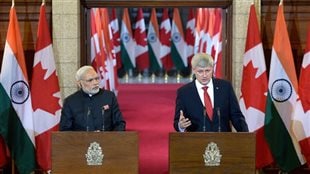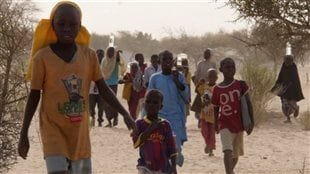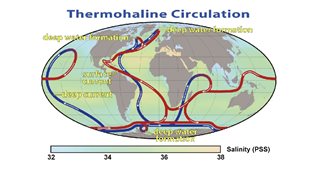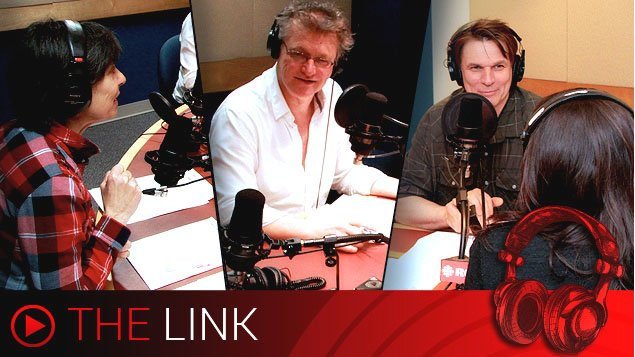Your host today, Marc Montgomery
Listen
An important state visit to Canada occurred this week as India’s Prime Minister Narendra Modi arrived to meet Canada’s Prime Minister Stephen Harper.
Both men were eager to promote the many ties between the two countries.
The two announced a number of agreements, including a uranium export deal to India, and improvements for the handling of visas for Canadians visiting India. And there were more promises of future Canada-India trade. But the visit was not without some controversy.
Wojtek prepared a report on the visit.
It has been one year since 200 Nigerian girls were kidnapped by Boko Haram, but UNICEF says there are 800,000 other children who have been displaced by conflict in the region.

UNICEF has provided 60,000 of them in Nigeria, Niger, Cameroon and Chad with support but would do much more if it had more funding.
The agency has provided its own and local counselling for some of the children who have been traumatized. “The trauma that they have suffered is incredible,” says David Morley, head of UNICEF Canada. “It’s things that no child should have to look at or…live through
Lynn spoke to Mr Morley who is hopeful the outcome of the recent election in Nigeria will eventually bring about peace which, he says, is what the children really need. He is calling on Canada and other countries to promote peace in the region and provide more funding for the relief effort.

Recent studies seem to indicate a major ocean current is slowing down. Its known as the Atlantic Meridonial Ocean Circulation (AMOC) but many also call it the Atlantic conveyor. It’s not actually the better known “Guif Stream” but the Gulf stream is a part of it, for some of its journey.
A line on the map, it actually carries more that twenty times all the river outflow in the world as warm water to the north, and then drops down to the ocean depth and carries cold, oxygenated and nutrientfilled water back south
It’s critical to maintaining a much more comfortable climate in northern Europe. But it seems to be slowing down, and if so, that’s worrisome because it creates a feedback where it could eventually stop, as it did in the past when the ice age began.
Marc spoke to Eric Galbraith (PhD) is an assistant professor in the Department of Earth and Planetary Science at McGill University in Montreal.
In this edited version, he begins by explaining what the AMOC is. IThe full length interview is available in the highlights section)







For reasons beyond our control, and for an undetermined period of time, our comment section is now closed. However, our social networks remain open to your contributions.